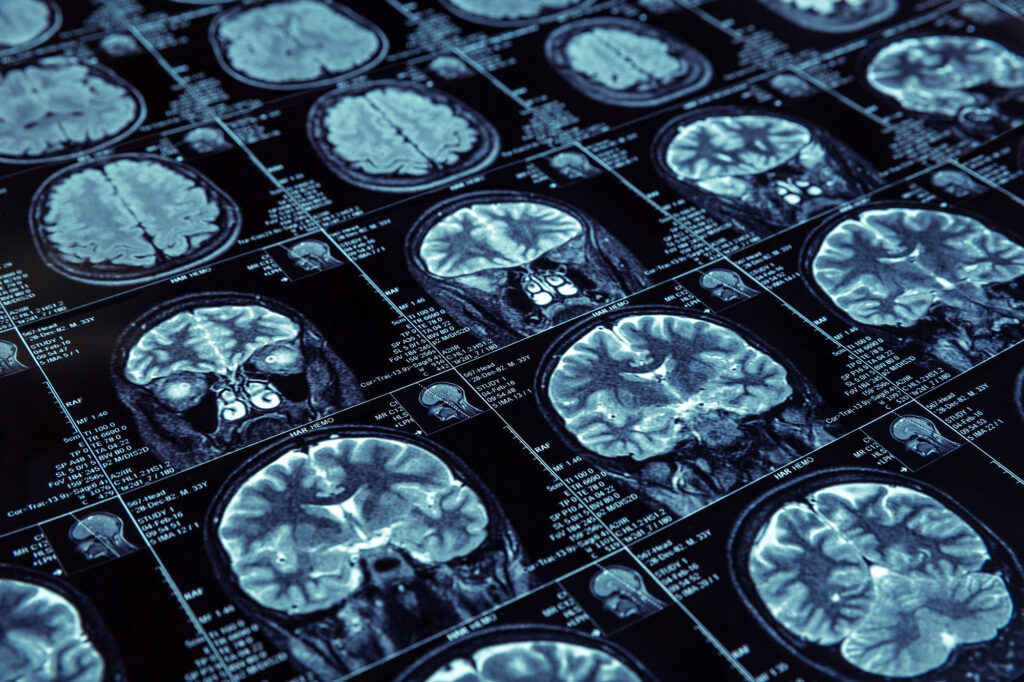REGISTRIES
Data that Drives Quality Clinical Care and Outcomes
Easily collect and leverage demographic, clinical, procedural, and outcomes data from over 20,000 neurovascular procedures performed nationwide—including initial hospitalization and one-year follow-up.
Registry Overview
Acute Ischemic Stroke
The Acute Ischemic Stroke module variables consist of patient demographics, patient history, procedure and post-op, with a separate follow-up form.
Inclusion & Clinical Description:
AIS procedures occurring within 24 hours of stroke symptom onset. AIS intervention involves endovascular thrombolysis or mechanical embolectomy performed for acute cervical or intracranial occlusion of the carotid artery (above C1) and its branches or the vertebrobasilar system and its branches. Typically, the intracranial internal carotid artery or middle cerebral artery are treated, and may include more than one occlusion. Additionally, an AIS procedure may be performed in conjunction with an angioplasty or stenting of the cervical carotid (C1 and below); the angioplasty or stenting should be separately entered on the carotid artery stent procedure module.
Follow-up Requirement:
Follow-up may be captured at 30-days, 90-days, and one-year post procedure date, with the goal of achieving an 80% follow-up rate at 90 days.


Registry Overview
Cerebral Aneurysm
The Cerebral Aneurysm module variables consist of patient demographics, patient history, procedure and post-op, with a separate follow-up section.
Inclusion & Clinical Description:
All cerebral aneurysms treated percutaneously or through craniotomy, irrespective of acute or elective presentation.
Follow-up Requirement:
Follow-up should be captured as clinically necessary, with a goal of achieving 100% follow-up within one year of the procedure, minimum 80% follow-up rate required.
Registry Overview
Cerebral Arteriovenous Malformations
The Cerebral Arteriovenous Malformation module variables consist of patient demographics, patient history, procedure and post-op, with a separate follow-up section.
Inclusion & Clinical Description:
Endovascular, surgical and radiosurgical procedures for the treatment of cerebral arteriovenous malformations. Each procedure may be performed as the sole treatment of an AVM, but they are often performed in combination with one another. Endovascular procedures include embolization of AVM arterial feeders employing a variety of agents, including: Onyx, NBCA, PVA and coils. Surgical procedures include complete AVM resection, partial AVM resection, hematoma evacuation, and aneurysm clipping. Radiosurgical procedures include irradiation of the entire nidus or of a portion of the nidus.
Follow-up Requirement:
Follow-up is captured immediately after treatment, 30 days and up to 3 years after treatment (in the case of radiosurgery), with the goal of achieving 100% follow-up, minimum 80% follow-up rate required.

